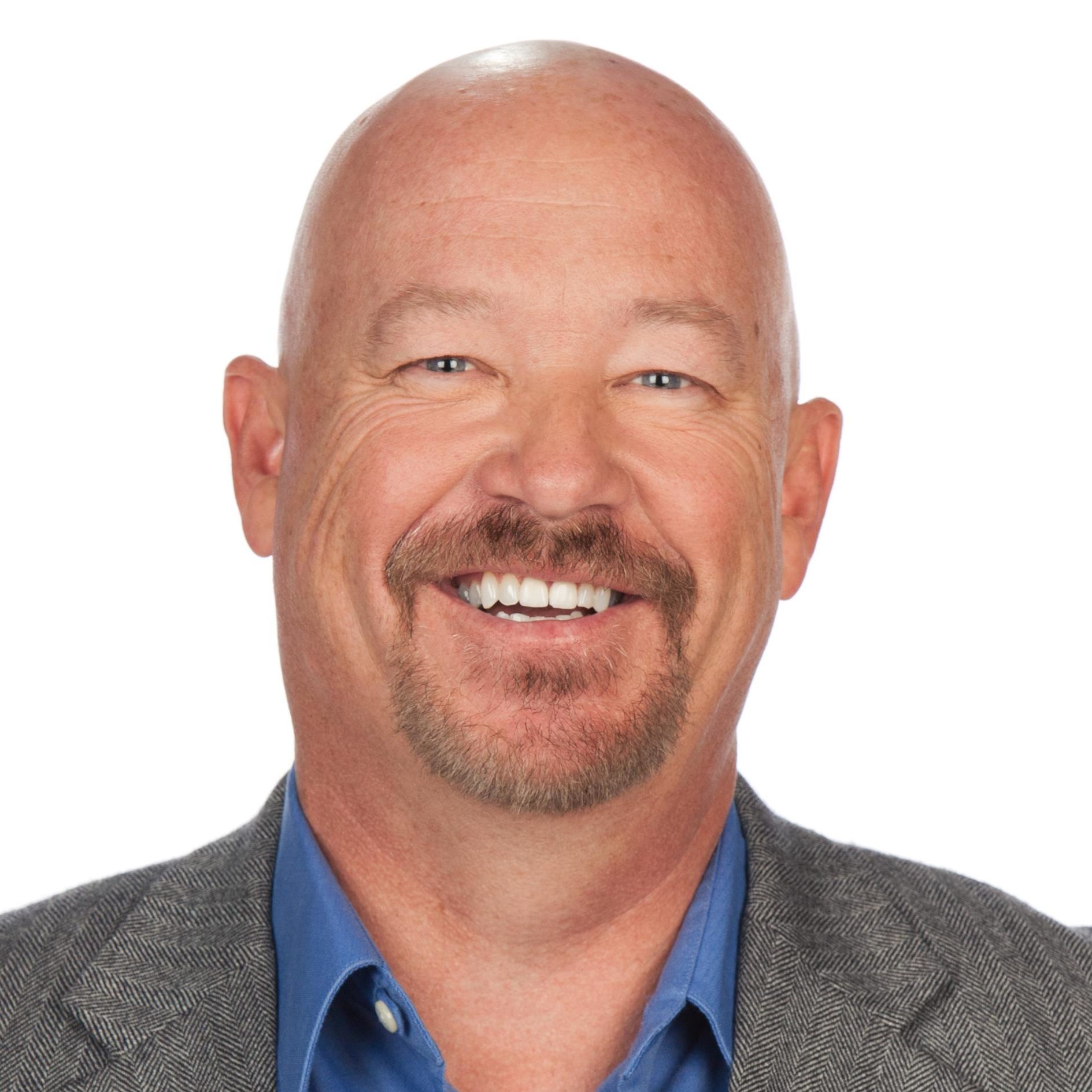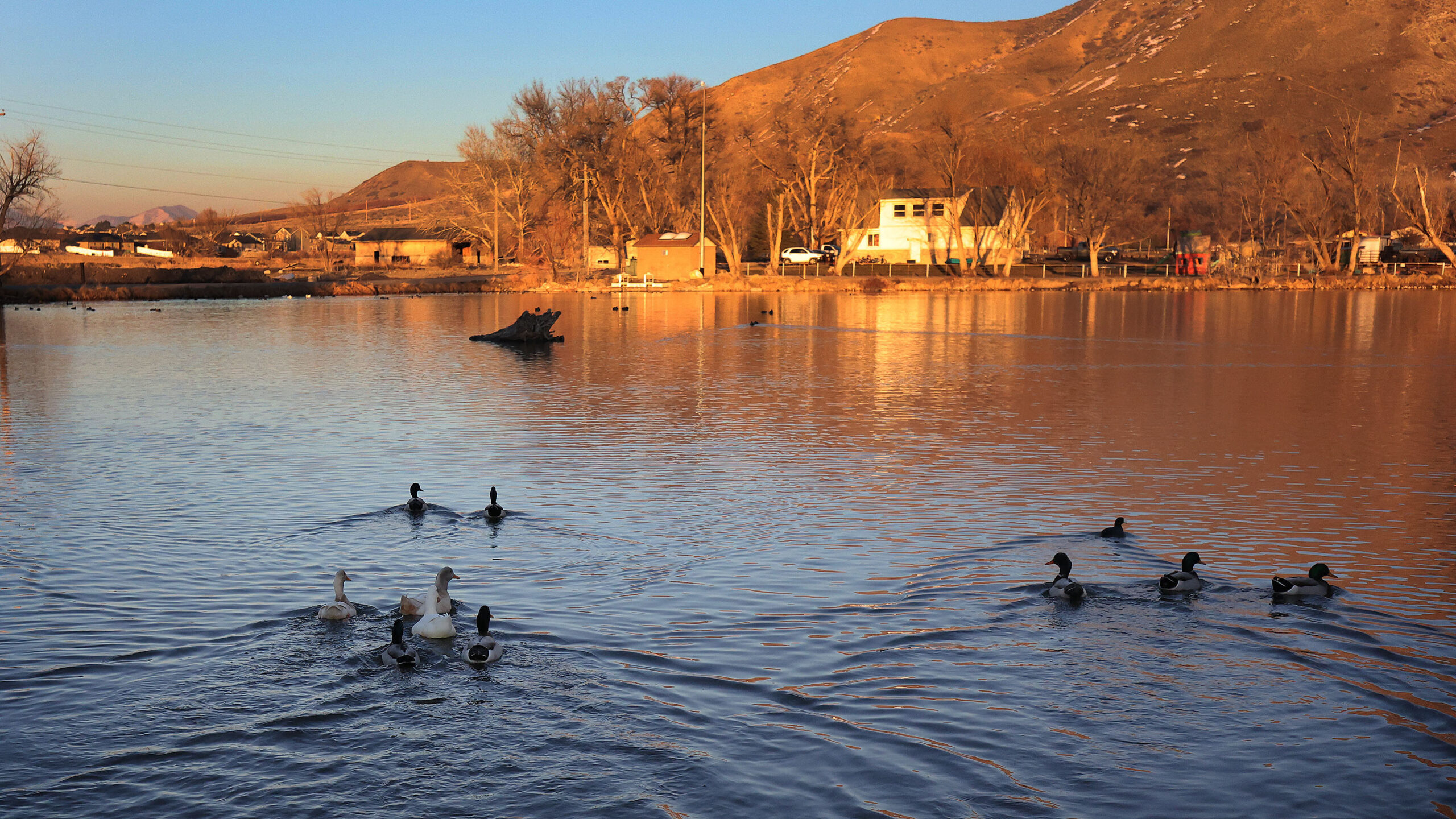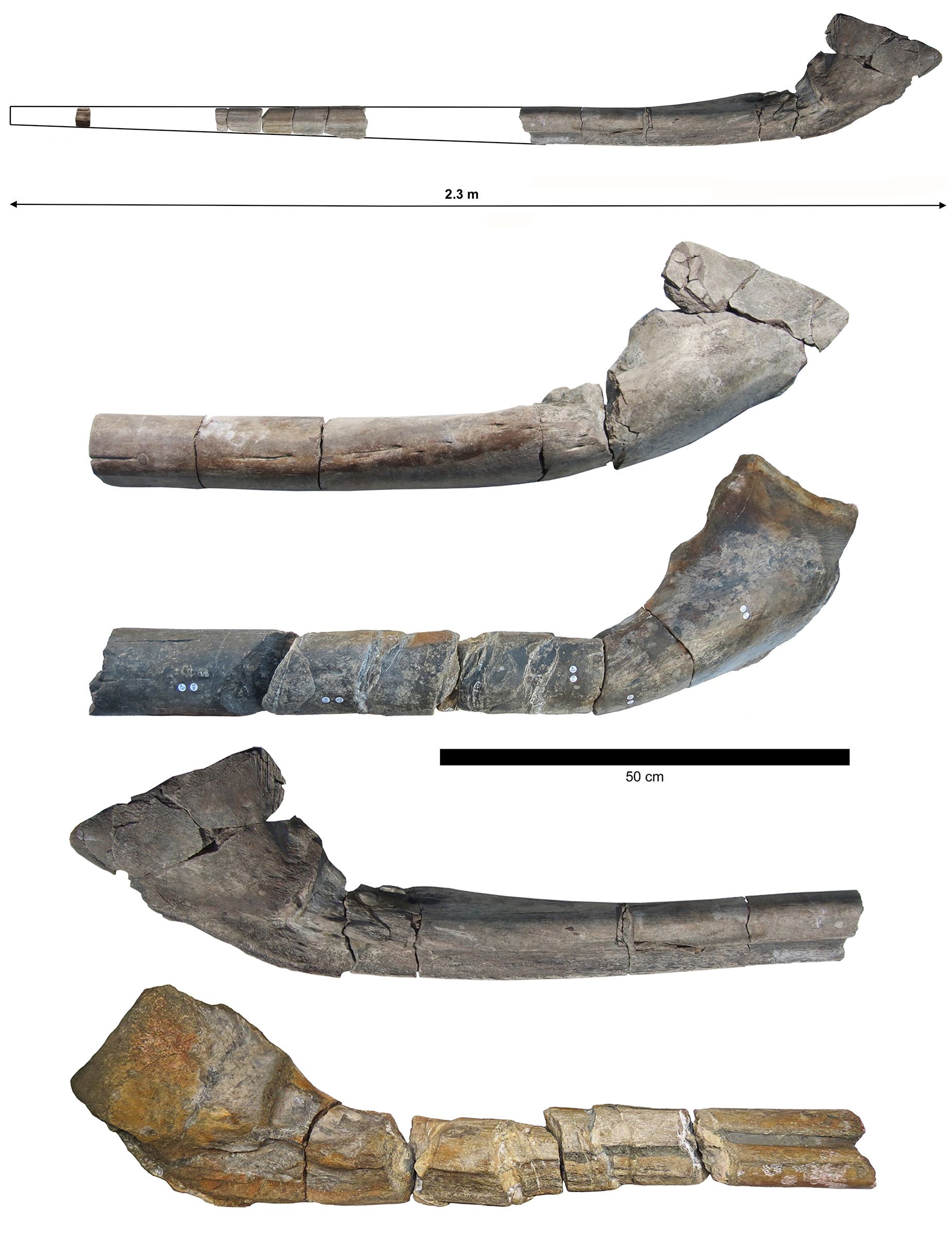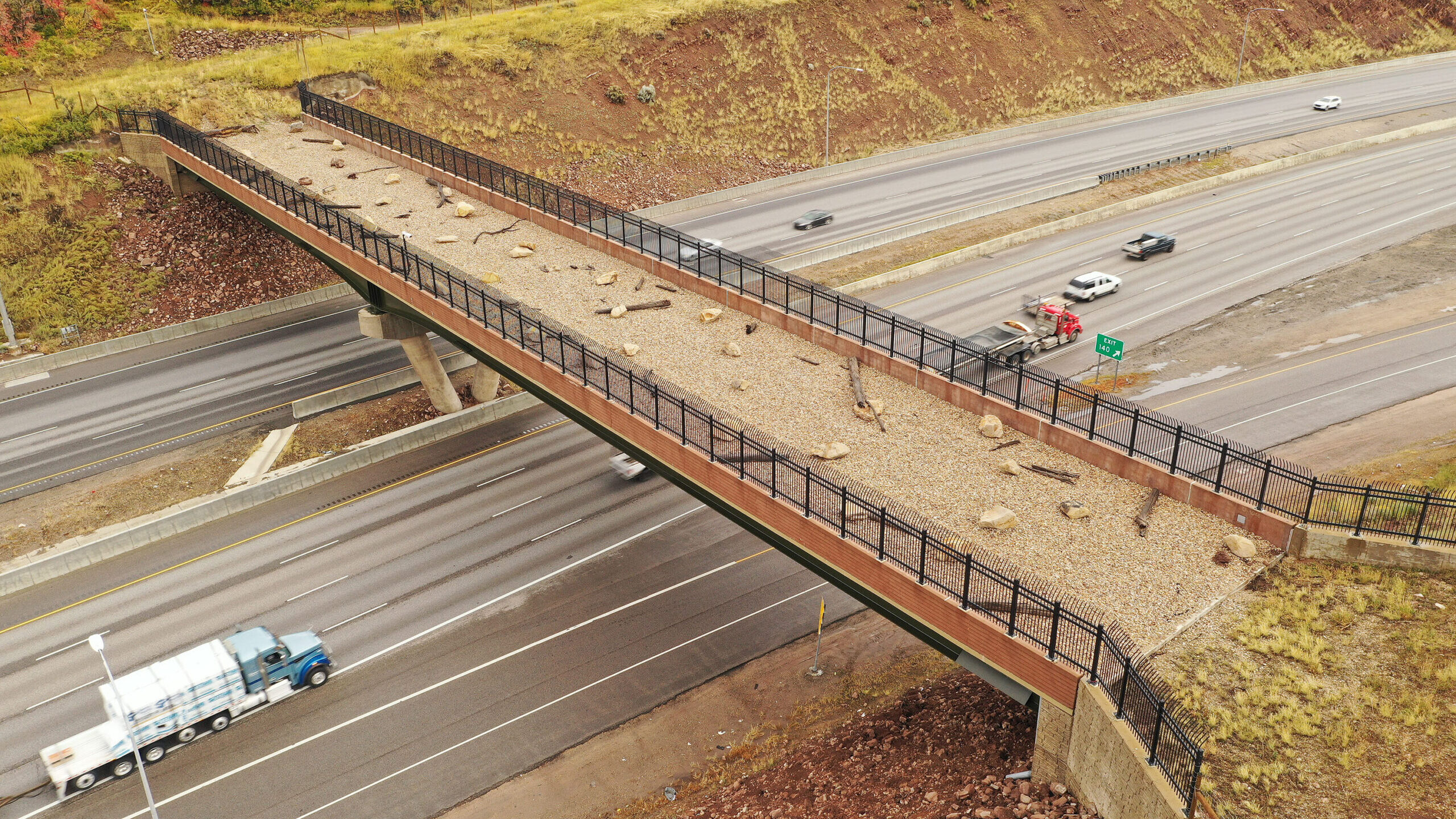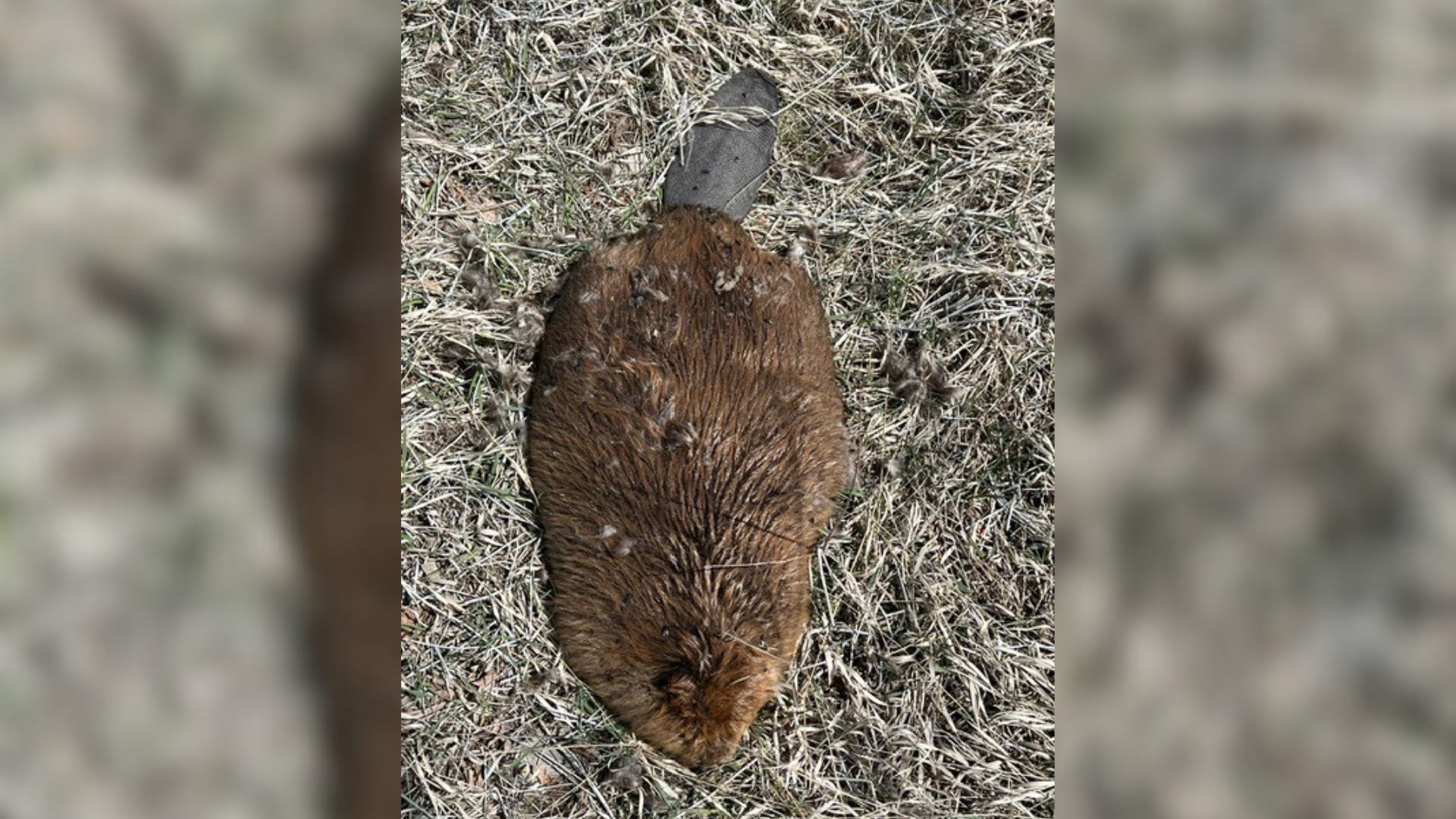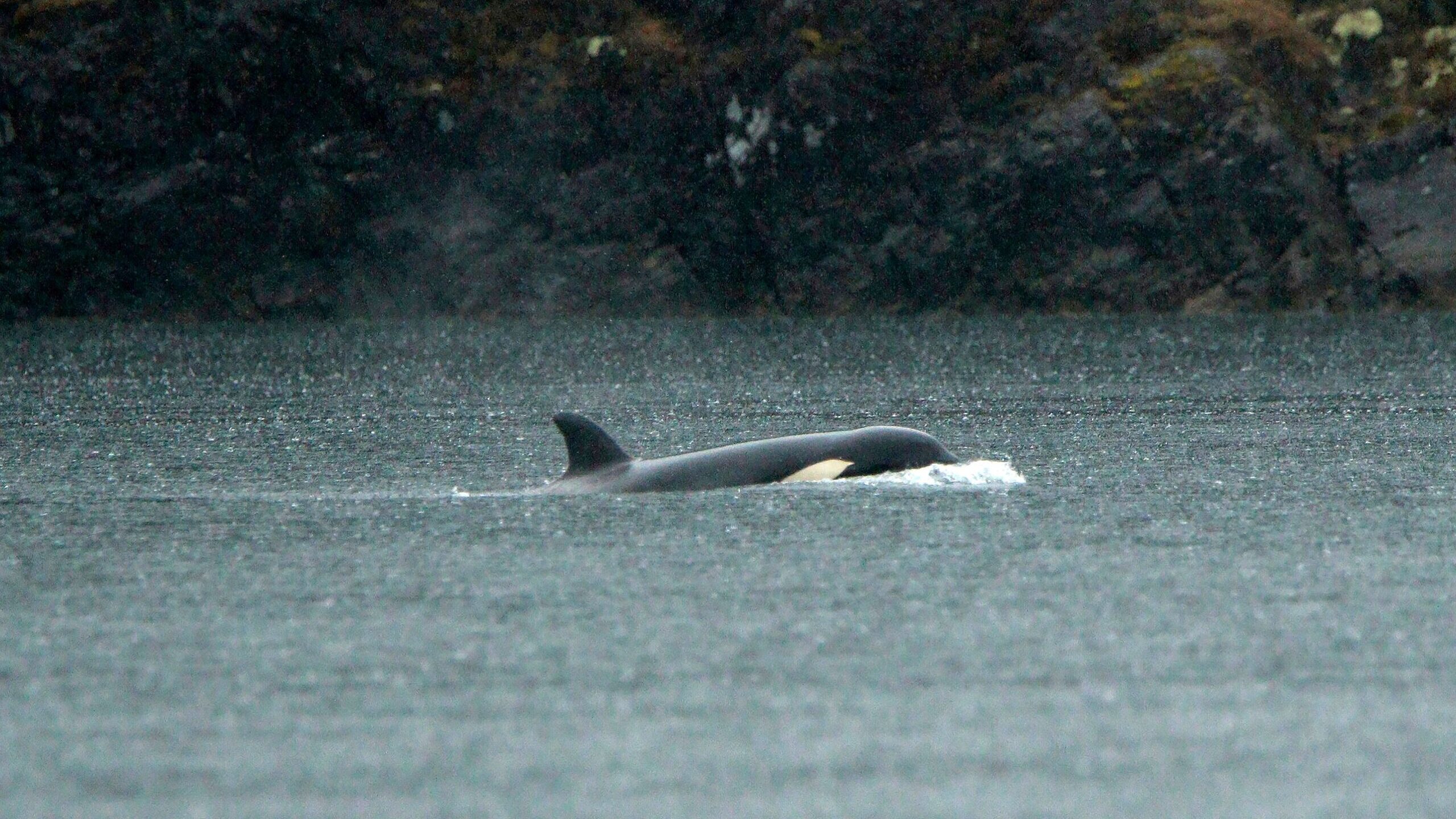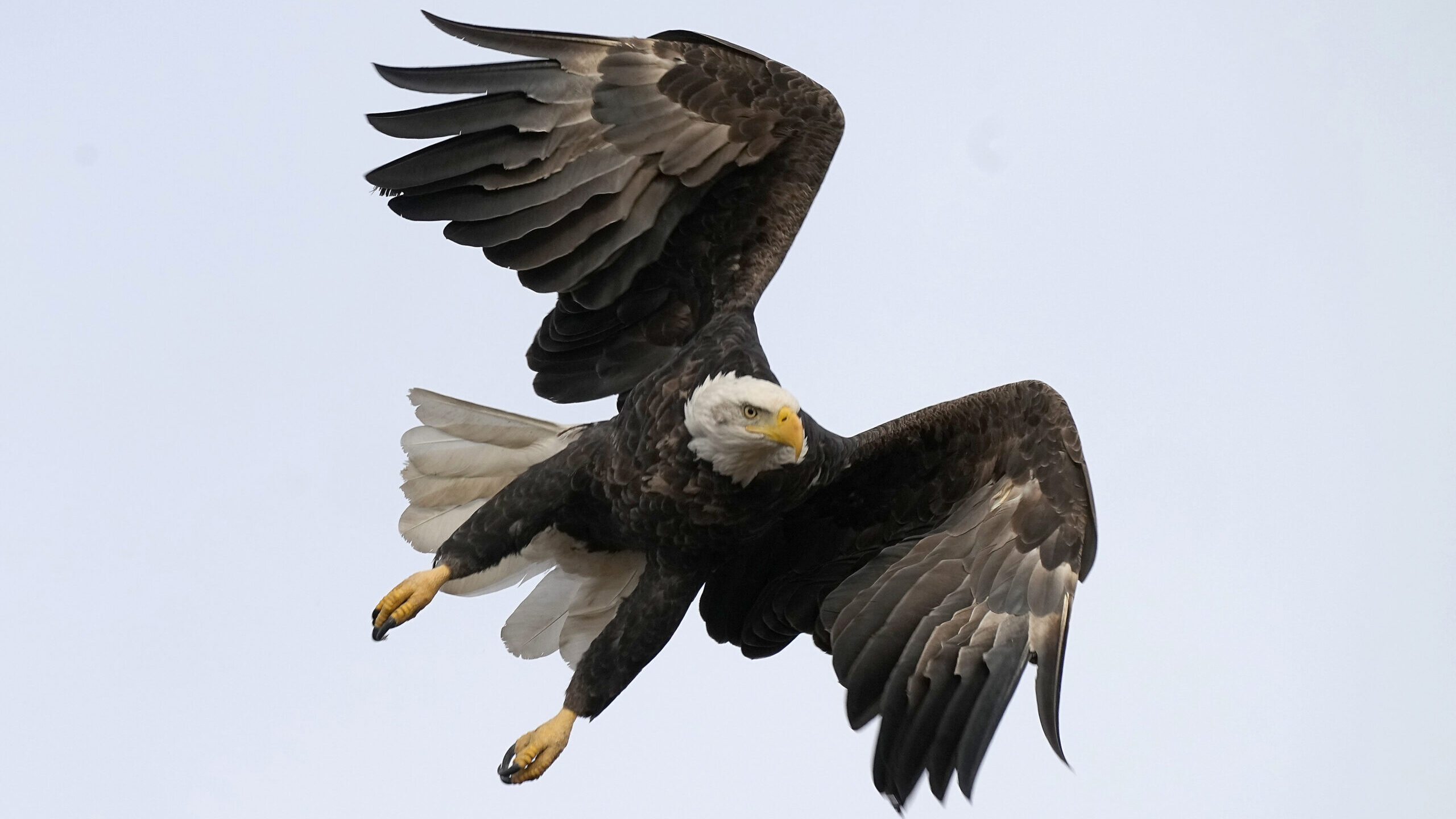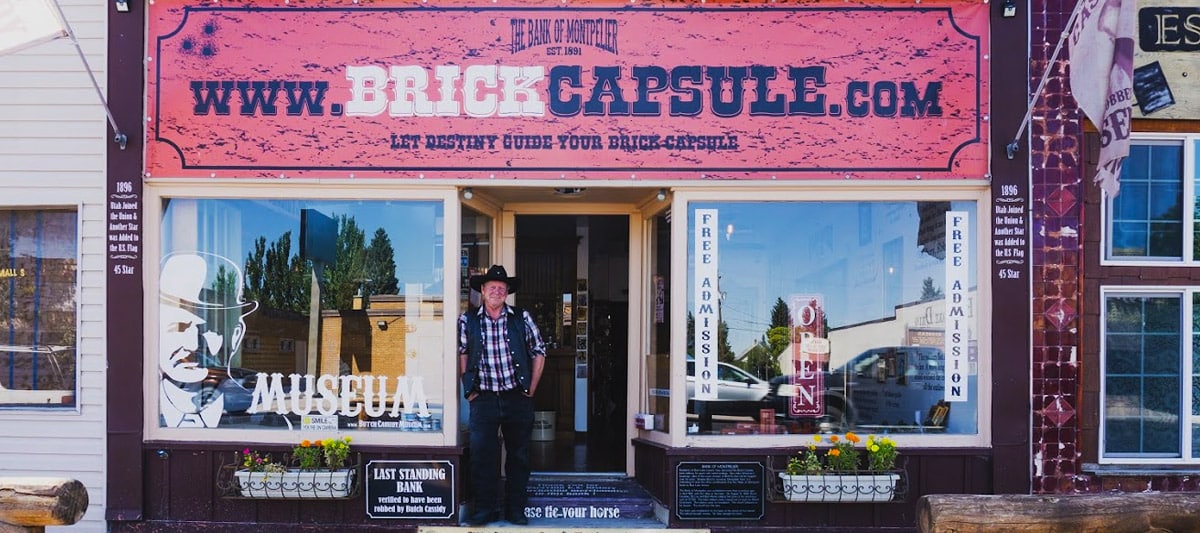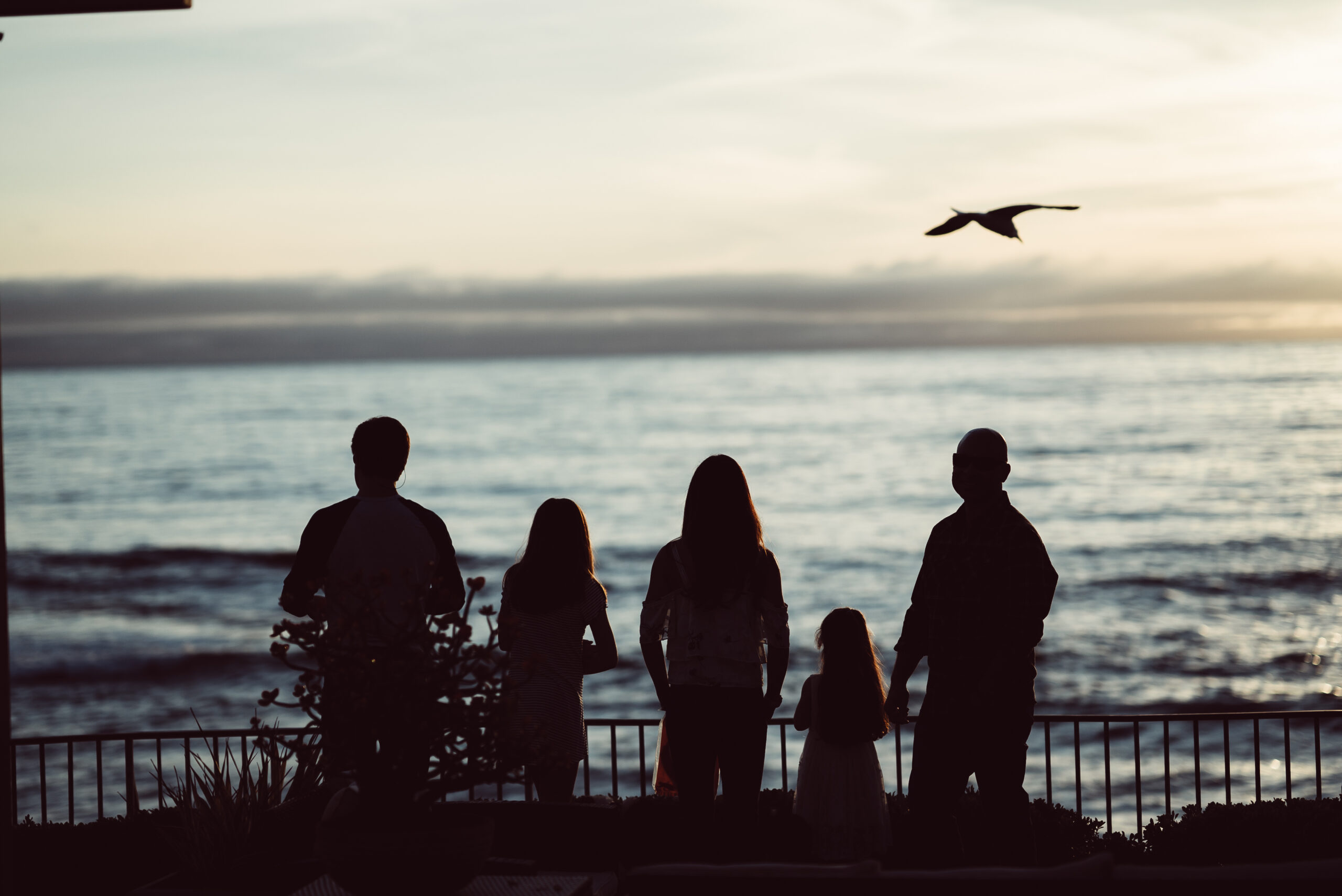Should you intervene when wild animals are sick or in danger? Experts say no
May 24, 2023, 1:00 PM
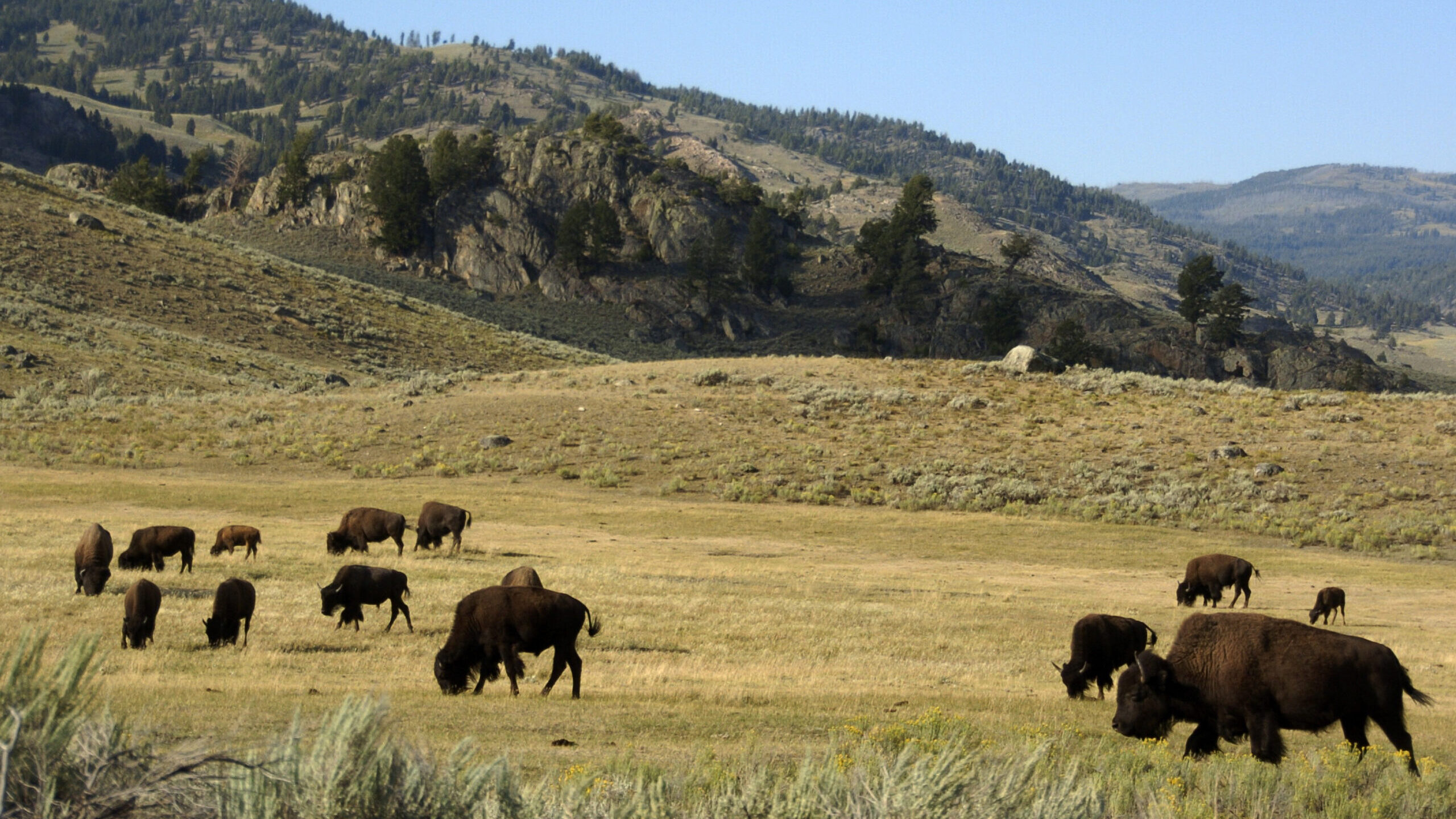
FILE - A herd of bison grazes in the Lamar Valley of Yellowstone National Park on Aug. 3, 2016. Yellowstone National Park officials say they had to kill a newborn bison because its herd wouldn’t take the animal back after a man picked it up. Park officials say in a statement the calf became separated from its mother when the herd crossed the Lamar River in northeastern Yellowstone on Saturday, May 20, 2023. (AP Photo/Matthew Brown, File)
(AP Photo/Matthew Brown, File)
A story from Yellowstone National Park caught my eye this morning and is a prime example of why the Utah Division of Wildlife Resources warns against intervening in nature this time of year when all of the newborns of many species are taking their first steps and breaths.
It’s human nature to want to help when we see a young life in danger, particularly in the wild. But that heartfelt instinct led to the death of a bison calf in the nation’s first national park recently.
A man visiting Yellowstone along the Lamar River watched anxiously as a newborn bison calf got separated from its mother and the rest of the herd crossing the river. The man approached the calf and pushed it from the water and up onto the roadway.
Park rangers repeatedly tried to reunite the little guy with the herd but sadly the herd rejected the calf because of its contact with a human.
Unable to find the herd, the calf then caused a “hazardous situation by continually approaching cars and humans on the roadway,” according to a park official, and had to be euthanized.
Those same officials are now looking to identify the man who intervened. He may be facing a citation for his actions.
Let nature take its course
As hard as it is to adhere to, the old adage of “letting nature take its course,” IS the wisest choice.
It’s important for you, the animal and our ecosystem in general.
Here in Utah, deer fawns and elk calves are often born in late May and early June so it would not be a surprise to find them on your next hike, bike ride or camping trip.
Again, the DWR reminds us that not seeing the mother alongside the newborn might lead you to believe it’s been abandoned. But, that’s rarely the case.
Dax Mangus the big game coordinator for the state of Utah says “Newborn fawns are actually frequently alone and isolated during the first weeks of life on purpose,” and the mother knows it’s actually the best way to protect them”.
According to the DWR, newborn big game animals fall into two basic categories: followers and hiders.
- Followers include bison calves and bighorn sheep lambs, who follow their mothers shortly after being born.
- Hiders such as mule deer fawns and elk calves do the opposite. They hide alone most of the day once their mother has fed and cared for them in the morning.
What to do, what not to do with wild animals
- Don’t approach it. Observe or take pictures from a distance.
- Don’t touch or pet it. As with the example in Yellowstone, human scent can cause the mother or herd to reject the calf or fawn.
- Give it plenty of space. Spooking the animal or causing it to run could lead to injury or using the energy needed to survive.
- Never attempt to remove a newborn from the wild or take it home.
As crazy as that last one sounds there have been cases where this has happened! A few years ago, again in Yellowstone, officials cited a family for loading a bison calf into their minivan!
Mangus again reminds us “attempting to take matters into our own hands usually does more harm than good”.
As we head into Memorial Day Weekend it’s important to remember that these moments in nature are one of the many reasons we love to call Utah home and should be treasured by all!
Let’s just make sure that we don’t end up creating the exact outcome we are trying to prevent in lending that helping hand.

